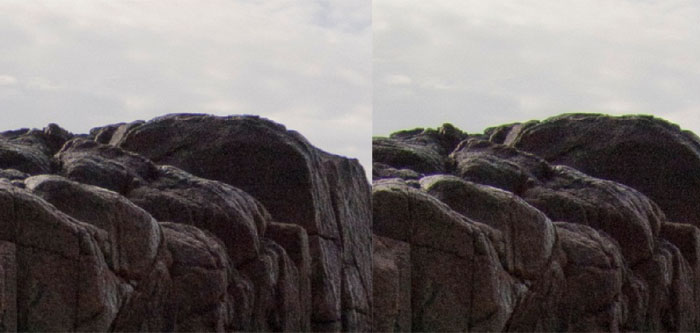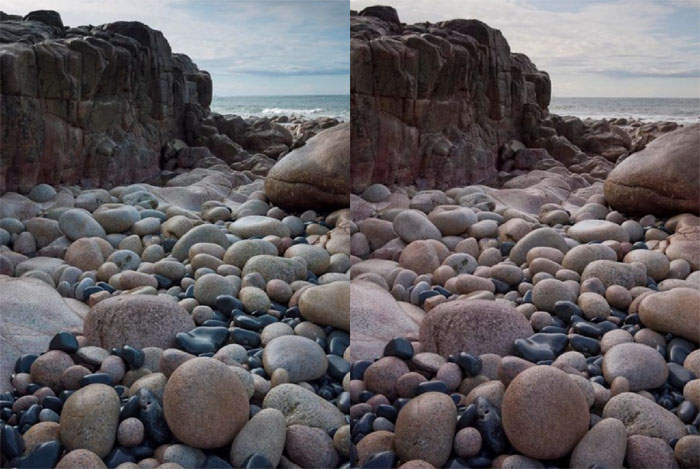Field comparison of two recently introduced CSC's
 I was an early adopter of the m4/3rds ‘compact’ system buying a Panasonic GF-1 with 20mm lens pretty much as soon as they became available. It promised so much. It was to replace the Canon G10 that I owned and carried everywhere as a recorder whilst on location with the LF gear and as a better quality snapshot camera. I briefly owned an EP-1 when they first became available but the AF was so horrible I returned it within 48hrs (see later for a revisit with better results). Early experience with the GF-1 and 20mm lens was very frustrating. Sharp pictures were at a premium, the lens was excellent and the camera intuitive and easy to use but…. No IS meant that I was only getting 20-30% of pictures without shake even at 1/60th of a second, the pixel density really shows up the slightest movement. Compare that to the G10 where it was nigh on impossible not to get a sharp picture even down to 1/8th second. The occasional sharp picture really showed what the system was capable of, performing as well as the D300 I also owned at the time but with an indefinable quality from that beautiful 20mm lens that surpassed anything I would get from the Nikon. A brief dalliance with the Leica 14-50mm F3.8 improved the hit rate enormously with IS and gave me the confidence to push on and hone my technique. I now own the GF-1 and the classic landscape kit of 14mm, 20mm and 45mm lenses with a Lee RF75 filter outfit which I think best fits the ethos and quality capabilities of the system. A recap on what I see as the advantages of the GF-1 (or EP-1) for the 5x4 photographer.
I was an early adopter of the m4/3rds ‘compact’ system buying a Panasonic GF-1 with 20mm lens pretty much as soon as they became available. It promised so much. It was to replace the Canon G10 that I owned and carried everywhere as a recorder whilst on location with the LF gear and as a better quality snapshot camera. I briefly owned an EP-1 when they first became available but the AF was so horrible I returned it within 48hrs (see later for a revisit with better results). Early experience with the GF-1 and 20mm lens was very frustrating. Sharp pictures were at a premium, the lens was excellent and the camera intuitive and easy to use but…. No IS meant that I was only getting 20-30% of pictures without shake even at 1/60th of a second, the pixel density really shows up the slightest movement. Compare that to the G10 where it was nigh on impossible not to get a sharp picture even down to 1/8th second. The occasional sharp picture really showed what the system was capable of, performing as well as the D300 I also owned at the time but with an indefinable quality from that beautiful 20mm lens that surpassed anything I would get from the Nikon. A brief dalliance with the Leica 14-50mm F3.8 improved the hit rate enormously with IS and gave me the confidence to push on and hone my technique. I now own the GF-1 and the classic landscape kit of 14mm, 20mm and 45mm lenses with a Lee RF75 filter outfit which I think best fits the ethos and quality capabilities of the system. A recap on what I see as the advantages of the GF-1 (or EP-1) for the 5x4 photographer.
Sensor size and dimensions
The 4/3rds sensor is very close to 5x4 dimensions and loses very little when cropped to this format. Portrait landscapes are perfectly possible with 4/3rds but nearly always too long with 3x2 from the DX/FX sensor. Largest crop from the GF-1 to 5X4 gives 3750x3000 pixels vs 3560x2848 from the 12mp D300, so about 10% more pixels.
Quality vs Size
A full outfit for the GF-1 comprising camera, L bracket, Lee RF75 filter system, 14 (80-90mm), 20 (120-150mm) and 45mm(240-300mm) lenses & hood weighs in at 950gms which is on par with a d300 body only and is capable of delivering the same quality results (or arguably better). It packs down into a small bum bag and with the addition of a small tripod and arca style head (like the Acratech) gives great portability on the hills without compromise. It can easily be packed in around the LF gear to give a versatile & high quality back-up or digi record on location. Dynamic Range is good and when combined with grads largely provides all the DR practically needed (certainly compared to Velvia or Provia).
The 5x4 Experience from a compact
Subliminally using the GF-1 on a tripod is very like shooting 5x4 using ‘live view’ as the ground glass. Using very hard RF75 grads is just like using grads on 5x4, easy to see positioning real time on the ‘live view’ screen. DOF from the 14mm & 20mm lenses mean that movements aren’t required to get pretty much everything sharp, note that diffraction really kicks in at F8. Using MF to tune the focussing around the hyperfocal point is very easy with the magnification view and with stop down although this is rarely required. In use I either balance the camera on the front standard to take a picture or snap it on the tripod after I have packed the LF down to record the image taken so it seamlessly integrates into the workflow. Use of 2sec self timer negates the requirement for a cable release. I wholly recommend the RRS ‘L’ bracket for the GF-1 (and also available for the EP-1). I was prompted to revisit the EP-1 mainly due to its low cost (I picked up a new one for £225.00) to test out how the Panasonic lenses work on the body because it has IS built in. This could get over one of the biggest remaining issues for me with the GF-1. I wont repeat what others say about the cameras on the web, look at Thom Hogan’s page (www.bythom.com) for a comprehensive and excellent review of both EP-1 and GF-1 and will add my perspective having used the GF-1 for just over 12 months. I only shoot RAW so cant coment on the differences in JPEG output.
Discussion on aspects of the GF-1 vs the EP-1 :
1. Image Stabilisation
This remains a problem for the GF-1 with the prime lenses and lack of in-body or in-lens IS. I can still get camera shake at 1/125th second with 20mm lens. Fortunately you get decent DOF at F2.8-F5.6 range when combined with ISO200 mostly gives a good working shutter speed. Supporting the camera on the tripod or the front standard improves the situation hugely. The 14-42mm zoom lens has a reputation for pretty decent quality and has IS but is already getting into diffraction at the long end of the range when wide open. My hit rate is now up in the 90+% through improved technique and a focus on holding the camera steady, use of a 2sec timer even for handheld etc to the point that I am pretty happy with this but you cant be lazy or complacent in use. Interestingly when my wife uses the camera she has nearly 100% sharp pictures, go figure ! The EP-1 provides in-body IS with the Panasonic lenses and does enable a more P&S attitude to be adopted but it still isn’t anywhere near what I could achieve with the G10.
2. Lens Correction
The GF-1 does a lot of lens correction in camera. All Chromatic Abherration is removed even in RAW and other corrections are applied to give a fairly well corrected clean file delivered to the PC. The EP-1 does no CA correction for any lenses in camera and no perspective correction for the Panasonic lenses. The following example shows how bad the CA is when using the 20mm lens on the EP-1. It cleans up in Lightroom but leaves an ugly trace which is hard to eliminate. I haven’t tested the Olympus kit lens but a bit of reading on the Web suggests that this remains a problem. This is almost a deal breaker for the EP-1 as the basis for a kit vs the GF-1. Ok for web work but when the sensor has the capability to print to a decent size then this becomes an issue.

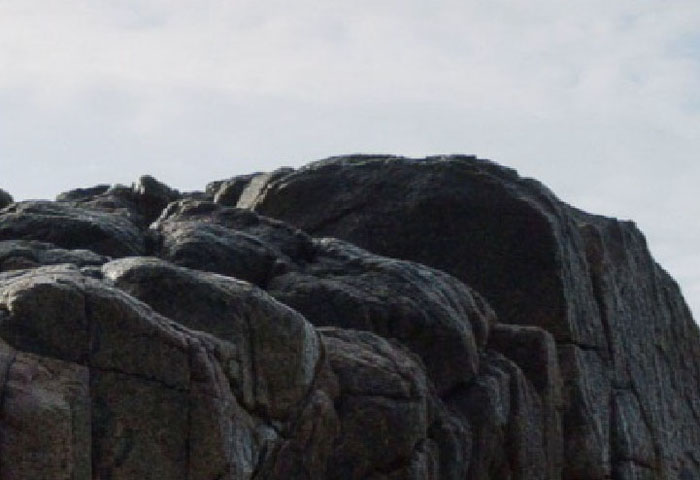
EP1 on left GF1 on right
3. Colour Rendering
There is a surprisingly large difference in the colour output from the 2 cameras. Neither is unpleasant or ugly, just different ! Post processing of the files in Lightroom cant fully harmonise the differences so this will boil down to personal preference. For the majority of comparison shots I find the Olympus slightly warmer and of marginally better integrity out of the camera (sky particularly is better). My preference here is for the Olympus.
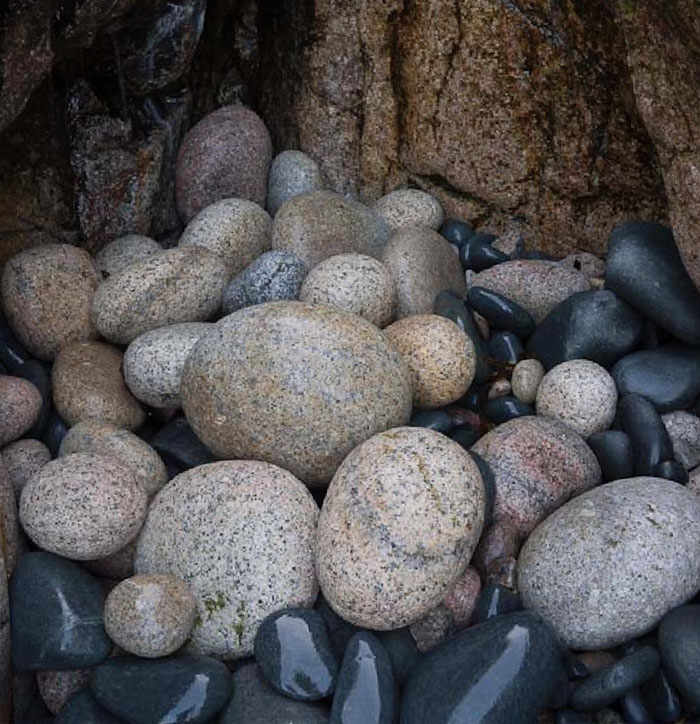
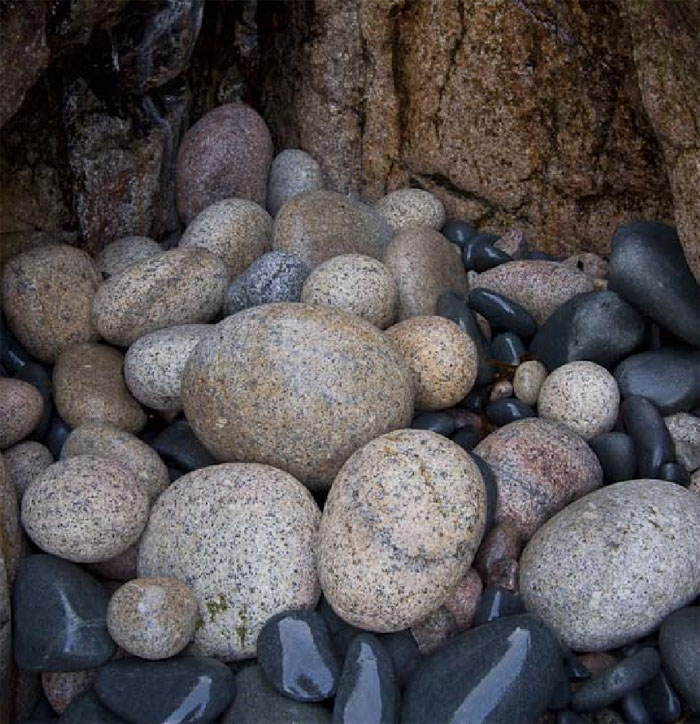
EP1 on left GF1 on right
4. Exposure & Clipping
Contrary to other observations made on the web I find that the Olympus does not clip highlights so regularly. Standard landscapes with 1/3rd sky tend to be not clipped with the EP-1 whereas I am always dialling in some form of –ve compensation with the GF-1. The GF-1 is permanently set on -1/3rd compensation and often needs dialling down further. Both offer ‘blinkies’ on playback and histograms for establishing the correct exposure and come with the health warning that this based on the JPG engine rather than RAW so is a little conservative. In keeping with all digital capture when the highlights go it is ugly and best avoided. In this respect I prefer the EP-1 as a P & S
Summary
The best thing to say is that aside from learning the idiosyncrasies in the UI there is very little else to distinguish the 2 cameras. The important thing – quality of files is excellent from both cameras. Much has been written about the dpi of the screen and, yes the GF-1 is better but the EP-1 isnt unusable by any stretch. Likewise the AF capability, for landscape work Single AF is the mode of choice and they both work well enough to not cause issues but the GF-1 is more transparent in use (note: upgrades in firmware seem to have really improved this area on the EP-1 since my early experiences). If either of these things are important to you then the case for the GF-1 becomes quite compelling. Body style and ergonomics comes down to personal choice, they are worlds apart. If I was given the choice of which one to keep I would come down in favour of the GF-1. The differentiator for me is the in-body correction of lens defects that Panasonic have incorporated. Its designed in at source and works well – so much so that I didn’t know that the 20mm lens suffered from CA until I put it on the EP-1 ! 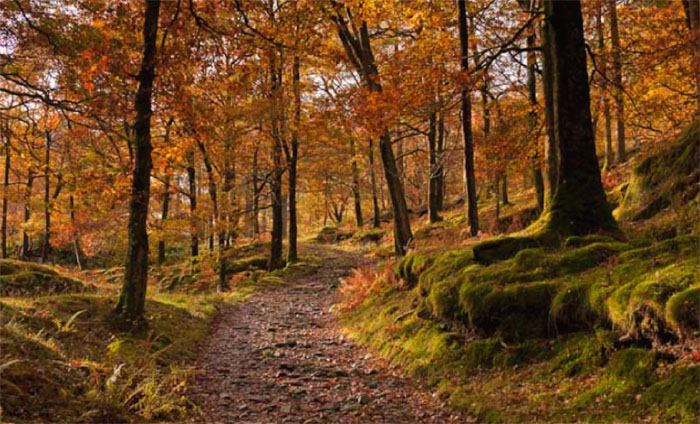 Fig 5: Borrowdale Woods GF-1, 20mm lens [/s2If]
Fig 5: Borrowdale Woods GF-1, 20mm lens [/s2If]
Resources
Test of Micro 4/3rds lenses:
http://www.photozone.de/olympus--four-thirds-lens-tests http://www.dpreview.co.uk/news/0909/09092503panasonic20review.asp
EP-1 Detailed Reviews :
http://www.dpreview.com/reviews/olympusep1/ http://www.bythom.com/olympusep1review.htm
GF-1 Detailed Reviews:
http://www.dpreview.com/reviews/PanasonicGF1/ http://www.bythom.com/panasonic_GF1_review.htm
RRS Bracket for GF-1:
Read other articles by David Tolcher



